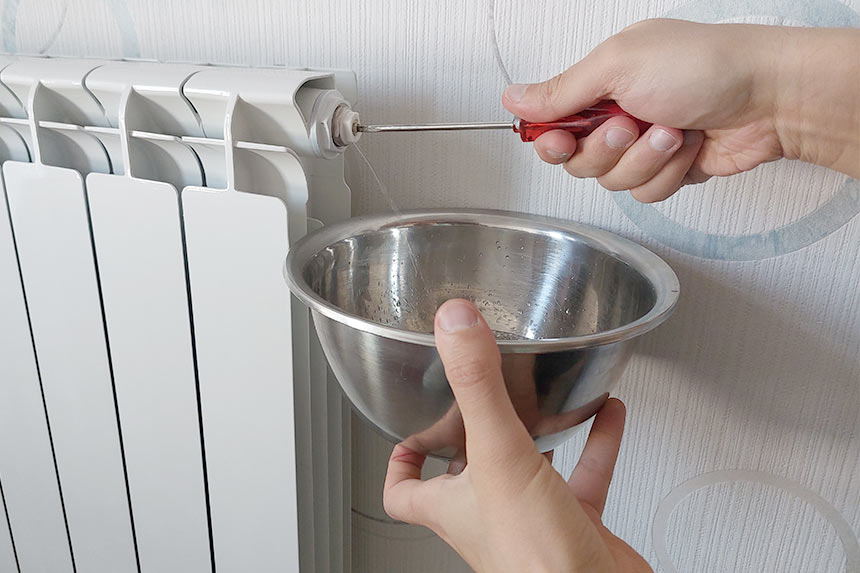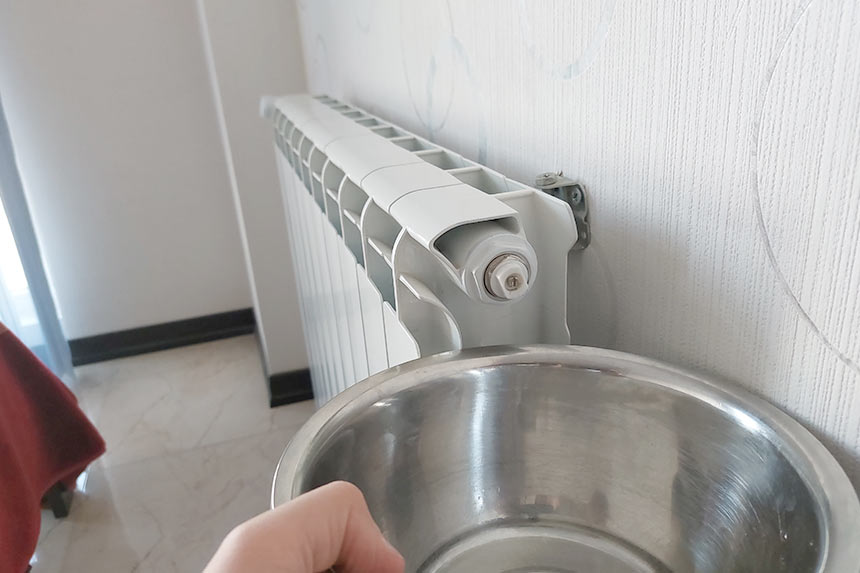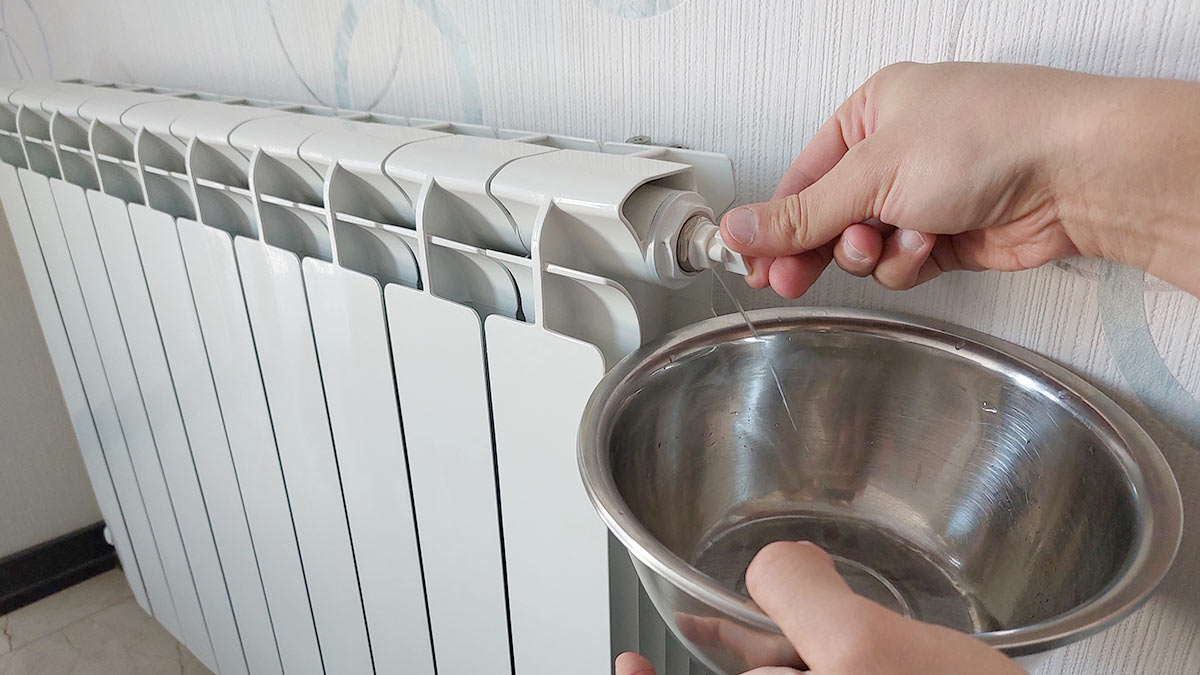As the weather turns colder, you’ll most likely need more heating. As many people may be using the radiators for the first time in months, some of rads may be lukewarm or even cold. With this in mind, the experts at PROBLUMBER have listed a step-by-step guide on how to determine whether your radiator requires bleeding and how to do it yourself.
Why would you need to bleed a radiator?
Bleeding the radiators is a household process to keep your heating in good condition. If the radiator is not heating, air might have gotten into the system. Consequently, the hot water cannot flow into the tops of the radiators. That can make the radiator cold at the top, yet warm at the bottom. It means your central heating system isn’t operating effectively, which can cause your room to warm up more slowly. By bleeding your radiators, you can help them to maintain a comfortable indoor temperature during the cold months.
If your central heating system is inefficient, it could cost you more money in the long run because your bills will go up. In addition to making for a cosy home, keeping your heating systems in good working conditions throughout the year will save money on energy bills.
When to bleed the radiators
If the top of the radiator is cold, it is the common sign that your radiators need to be bled. This indicates that air has collected in the radiator, preventing the hot water from heating up and circulating around. To efficiently heat up, your radiator needs the air to be released. Sometimes the bottom is hot while the top is just warm.
Turning the lock shield anticlockwise, place your hand on the pipes leading to the radiator. If it isn’t warm, check whether the thermostatic valve is working properly. Remove the thermostatic valve cap and push the pin down. If it’s not moving freely, a thermostatic valve replacement may be required. This topic is thoroughly discussed here.

Your heating system may make sounds similar to gurgling, gulping, and rattling when it initially goes on. This means there is trapped air in the system. If you bleed your radiators and the issue still remains, you might need to call a specialist to diagnose. While there are many potential reasons for this, it might be a sign that it is time to bleed the radiator. You should check your rad to make sure there isn’t a more serious issue, as well.
If you have found any sign of small damp patches or mildew on the walls this could be a sign the room where they appear is too cold.
How often should you bleed the radiators?
As a general rule, you should bleed your radiators every year. To ensure your heating system will function effectively in cold days, we recommend that you check radiators before the cold weather arrives. Regular inspection is generally a good idea.
What you need to bleed the radiators
- A Container to place under the radiator
- Old cloth to catch scaping water.
Step-by-step guide to bleeding your radiator
Step 1: Turn the central heating on

Step 2: Check which radiators need bleeding

Step 3: Switch the heating off and let it cool down

Step 4: Place a container on a towel below the radiator’s bleed valve

Step 5: Insert the bleed key and make a quarter turn
Step 6: Open the bleed valve to release the air

Step 7: Close the radiator bleed valve

Step 8: Check the boiler pressure

Challenges you may experience while bleeding
What happens if you bleed a radiator with the heating on?
When the heating is on, the hot water may spray out of the radiator and you might get burned. Before you start bleeding a radiator, make sure the heating is switched off. When the pump is running, releasing air will only bring more air into the system from elsewhere. Bleeding radiators while hot water is still flowing through the system increases the risk of scalds and burns, so you should never do it while the heating is on and the system is still hot.
How long does it take to bleed a radiator?
Despite the fact that bleeding a radiator only takes a few minutes, much will depend on its size and the amount of trapped air. It should take approximately 20 – 30 seconds to bleed even the most air-locked radiator, though. Simply keep bleeding the radiator until water starts to flow from the bleed valve and the hissing sounds stops. At this point, the radiator has been completely bled of air.
Signs that show your bleeding has worked:
To relieve the air pressure, gradually turn the radiator key counter clockwise about a half turn. When trapped air begins to hiss out of your radiator, you’ll know it’s working since hot water is entering and air is departing at the same time.
How useful was this post?
Click on a star to rate it!
Average rating / 5. Vote count:
No votes so far! Be the first to rate this post.











